
Adobe Photoshop is a raster graphics editor developed and published by Adobe for Windows and macOS. It was originally created in 1987 by Thomas and John Knoll. Since then, the software has become the most used tool for professional digital art, especially in raster graphics editing. Owing to its fame, the program's name has become genericised as a verb although Adobe disapproves of such use.

Photomontage is the process and the result of making a composite photograph by cutting, gluing, rearranging and overlapping two or more photographs into a new image. Sometimes the resulting composite image is photographed so that the final image may appear as a seamless physical print. A similar method, although one that does not use film, is realized today through image-editing software. This latter technique is referred to by professionals as "compositing", and in casual usage is often called "photoshopping". A composite of related photographs to extend a view of a single scene or subject would not be labeled as a montage, but instead a stitched image or a digital image mosaic.
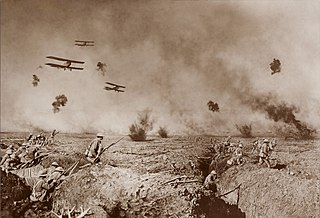
Photograph manipulation involves the transformation or alteration of a photograph. Some photograph manipulations are considered to be skillful artwork, while others are considered to be unethical practices, especially when used to deceive. Photographs may be manipulated for political propaganda, to improve the appearance of a subject, for entertainment, or as humor.
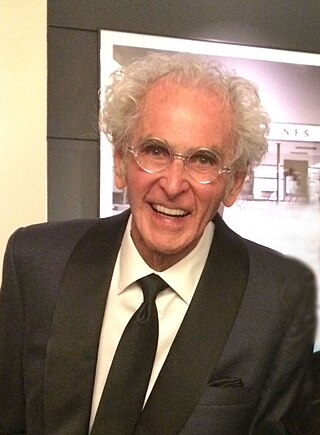
Jerry Norman Uelsmann was an American photographer.
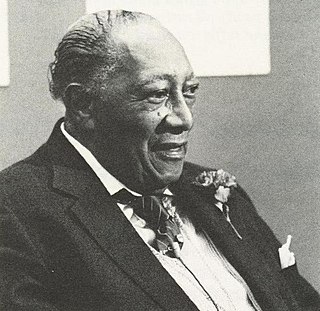
James Augustus Van Der Zee was an American photographer best known for his portraits of black New Yorkers. He was a leading figure in the Harlem Renaissance. Aside from the artistic merits of his work, Van Der Zee produced the most comprehensive documentation of the period. Among his most famous subjects during this time were Marcus Garvey, Bill "Bojangles" Robinson and Countee Cullen.
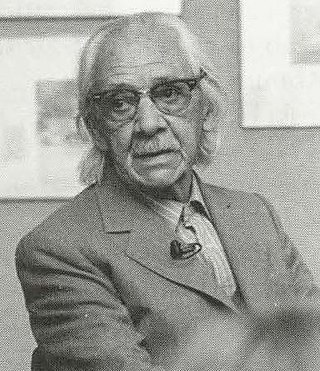
Manuel Álvarez Bravo was a Mexican artistic photographer and one of the most important figures in 20th century Latin American photography. He was born and raised in Mexico City. While he took art classes at the [Academy of San Carlos], his photography is self-taught. His career spanned from the late 1920s to the 1990s with its artistic peak between the 1920s and 1950s. His hallmark as a photographer was to capture images of the ordinary but in ironic or Surrealistic ways. His early work was based on European influences, but he was soon influenced by the Mexican muralism movement and the general cultural and political push at the time to redefine Mexican identity. He rejected the picturesque, employing elements to avoid stereotyping. He had numerous exhibitions of his work, worked in the Mexican cinema and established Fondo Editorial de la Plástica Mexicana publishing house. He won numerous awards for his work, mostly after 1970. His work was recognized by the UNESCO Memory of the World registry in 2017.
Dan Margulis is an expert on color correction and reproduction of photographs, using Adobe Photoshop or similar software.
Seán Hillen born 1961, in Ireland, is an artist whose work includes collages, photography and the creative use of photographs.

Maggie Taylor is an artist who works with digital images. She won the Santa Fe Center for Photography's Project Competition in 2004. Her work has been widely exhibited in the United States and Europe and is represented within the permanent collections of several galleries and museums.

Nude photography is the creation of any photograph which contains an image of a nude or semi-nude person, or an image suggestive of nudity. Nude photography is undertaken for a variety of purposes, including educational uses, commercial applications and artistic creations.
Glen Wexler is an American photographer who is best known for his elaborately staged digital photocompositions of improbable situations.
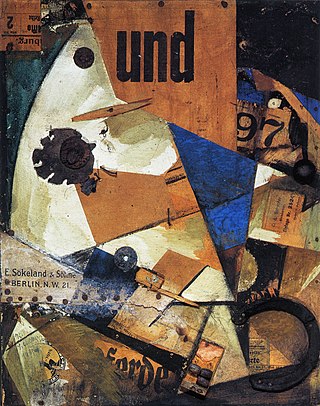
Collage is a technique of art creation, primarily used in the visual arts, but in music too, by which art results from an assemblage of different forms, thus creating a new whole.

Darkroom manipulation is a traditional method of manipulating photographs without the use of computers. Some of the common techniques for darkroom manipulation are dodging, burning, and masking, which though similar conceptually to digital manipulations, involve physical rather than virtual techniques. Darkroom manipulations are those processes used, for example, to remove unwanted areas and change image background, among others. Varying techniques can be used to accomplish the same tasks.
John Paul Caponigro is an Environmental Fine Art Landscape Photographer. He is the son of the American photographer Paul Caponigro and Eleanor Caponigro a graphic designer. John Paul attended Yale University, and the University of California, Santa Cruz where he was trained as a painter and later as a photographer. After college John moved to Maine and became an artist in residence at The Center for Creative Imaging. John now works with photo-based digital imaging as his primary medium. Dan Steinhardt of Epson considers John Paul "...one of the great mentors of the photographic medium". The American photographer Joyce Tenneson has said, "John Paul Caponigro is the rare combination of gifted artist and master technician. He works from the heart to create images that are poetic and evocative, and at times, mystical. He is someone whose sensitivity and intelligence work to break new ground, and someone I will enjoy watching in the years to come.". He has been awarded membership into many photographic organizations including the Photoshop Hall of Fame, the Epson Stylus Pros, Xrite Coloratti, and the Canon Explorers of Light. His work crosses the lines between photography and painting and displays knowledge of painterly composition and color theory, coupled with content of modern science, psychology, primal cultures, and the environment. The photographer Arnold Newman stated,"...Caponigro's mysterious and magical images go beyond reality or surrealism. He has created a wonderful new world of his own". John Paul Caponigro lives in Cushing, Maine with his photographer wife Arduina, and their son.

Fine art nude photography is a genre of fine-art photography which depicts the nude human body with an emphasis on form, composition, emotional content, and other aesthetic qualities. The nude has been a prominent subject of photography since its invention, and played an important role in establishing photography as a fine art medium. The distinction between fine art photography and other subgenres is not absolute, but there are certain defining characteristics.
Brooke Shaden is an American fine art photographer.
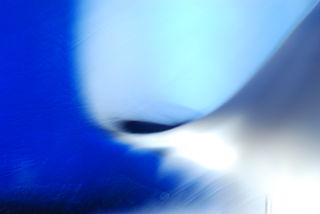
Abstract photography, sometimes called non-objective, experimental or conceptual photography, is a means of depicting a visual image that does not have an immediate association with the object world and that has been created through the use of photographic equipment, processes or materials. An abstract photograph may isolate a fragment of a natural scene to remove its inherent context from the viewer, it may be purposely staged to create a seemingly unreal appearance from real objects, or it may involve the use of color, light, shadow, texture, shape and/or form to convey a feeling, sensation or impression. The image may be produced using traditional photographic equipment like a camera, darkroom or computer, or it may be created without using a camera by directly manipulating film, paper or other photographic media, including digital presentations.
Toiletpaper is a biannual magazine co-created by Italian artist Maurizio Cattelan and photographer Pierpaolo Ferrari. Founded in 2010, the magazine is presented as a limited edition book and its website offers a post-internet collaged exhibition of animated and video content.

Retouch4me is a family of artificial intelligence-powered plug-ins for photography and video retouching, compatible with Adobe Photoshop; Adobe Lightroom, and Capture One.
Natalie Aniela Dybisz, known professionally as Miss Aniela, is a British fine-art fashion and surrealist photographer. Selvedge describes her work as a "fus[ion of] traditional photography with digitally enhanced motifs and surrealism."












